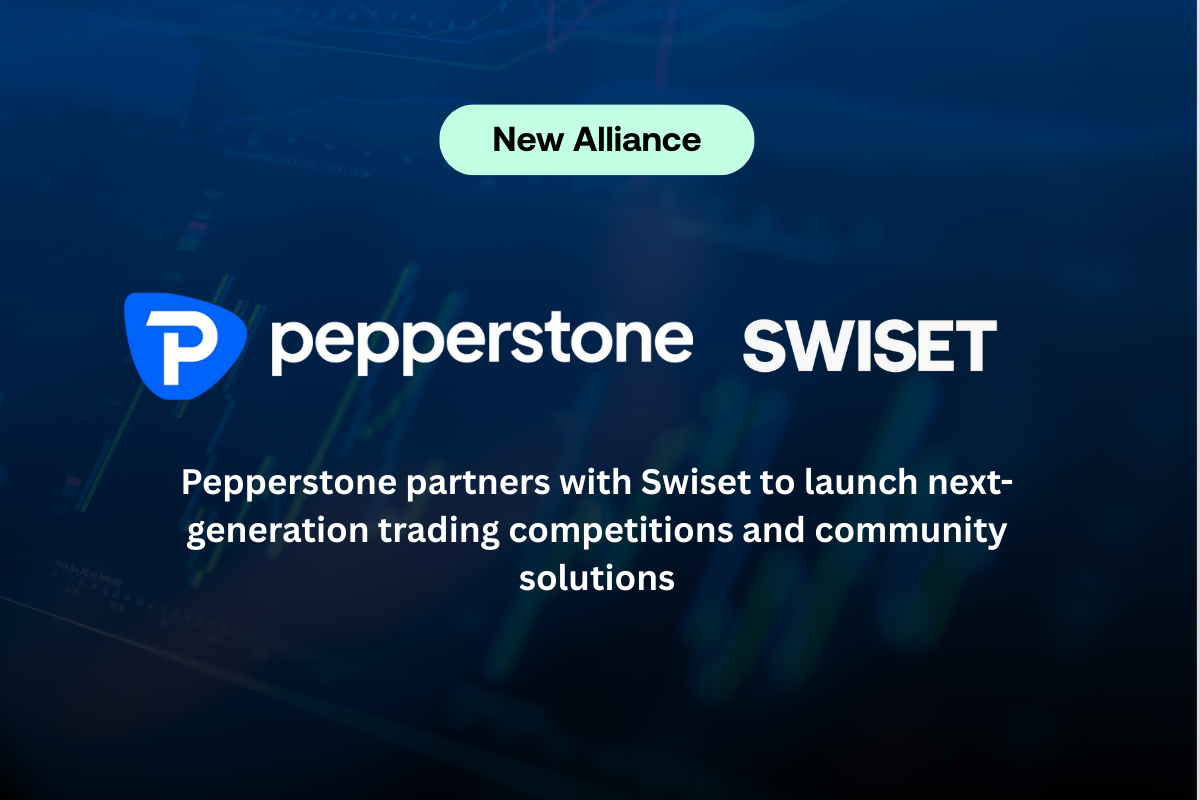¿Cómo funcionan los mercados?
The concept of the market can bring us varied visual images, from the frequent purchase of our family basket in supermarkets to the economic indicators we see in the news or on our cell phone feed. But the topic is much broader than we can imagine. We usually encounter simple market acts such as the direct exchange of goods or services, the exchange of favors, and we could even consider the act of giving as an exchange where one expects to receive a good in the future, or rather, one pays in debt (physical or not).
Exchange is a fundamental part of human nature, and in groups of people, we have optimized it over time by introducing a component that decouples and facilitates transactions: money. Exchange media seek to measure the value of exchange objects. It becomes much easier to establish standards such as the amount of gold coins equivalent to 10 apples, avoiding the cumbersome task of finding direct equivalences between cows and pears. Of course, the exchange medium must be widely accepted in a social structure to effectively fulfill its purpose. If it loses its stability over time, we could even revert to bartering, as has happened in certain areas of Venezuela.
There are many types of markets, but these are not just all those common exchanges in which we participate every day, from buying shoes, selling candies or bracelets at school, or even that debt we acquire when wanting to buy our new apartment or iPhone (debt market, by the way). We will focus on financial markets, where we exchange all types of intangibles, mainly for investment, hedging, or speculative purposes.
Forex
The forex market is like a marketplace for exchanging media! Many of us participate in this market, whether it’s exchanging our currency for dollars at the exchange house or entire nations increasing their reserves in dollars. The foreign exchange or forex market is one of the largest decentralized markets in the world, and we might be more familiar with it in our day-to-day life. (We can usually see our currency compared to the dollar, for example.)
Central banks and other financial institutions (hedge funds, pension funds, investment firms…) are typically the main participants in the forex market. They move the seas of these markets according to factors such as national monetary policies, political stability, and economic dynamics. As I mentioned, it’s a decentralized market, and there isn’t a single entity regulating all the transactions carried out in forex. There’s no central exchange where we can see all buy or sell orders or the flow of trades. A good portion of forex transactions is done over the counter (OTC), which basically involves two participants agreeing on the terms of their transaction. We’ll see specialized dealers in these types of exchanges, and decentralized networks form in the forex market to carry out their transactions.
As ordinary individuals, we can also participate in the forex market in a more active (albeit somewhat indirect) way as retail traders. We trade derivatives such as CFDs or options to speculate on currency exchange rate movements like GBPUSD, AUDUSD, EURUSD, etc. It’s important to note that in this case, we’d be like surfers, trying to ride the volume waves influenced by macroeconomic factors and major participants. We’ll discuss derivatives more later on.
Stocks
As social structures grew, companies and corporations introduced the concept of stocks or shares in them to raise capital for their operations and projects. In exchange, shareholders own a percentage of the company’s assets, and some even receive a portion of the company’s profits as dividends. Those with a significant percentage of the company end up having direct control over it (major shareholders). Recently, Twitter has been undergoing many changes (goodbye bird logo) because Elon Musk became its largest shareholder by purchasing around 10% of Twitter’s shares. The other major shareholders are giant US investment firms (BlackRock, Morgan Stanley, State Street, Fidelity…) and Twitter’s founder, Jack Dorsey.
We commonly find a wide variety of stocks listed on stock exchanges, primarily serving as avenues for investors interested in trading them. In the United States, for example, Amazon, Apple, and Microsoft have their stocks listed on NASDAQ, while McDonald’s, Coca-Cola, and JPMorgan are listed on the New York Stock Exchange (NYSE). Similarly, there are exchanges in each country with shares of local companies listed (Toyota Motor Corporation on the Tokyo Stock Exchange (TSE), L’Oréal SA on Euronext, PetroChina Company Limited on the Shanghai Stock Exchange (SSE)…).
Unlike the forex market, stocks listed on stock exchanges tend to be highly regulated. Their trading becomes centralized, and they are no longer exchanged over the counter without reporting transactions to the securities regulator. Similarly, companies must adhere to a series of guidelines and meet various legal requirements, all aimed at protecting investors and ensuring the trading of shares on the exchange.
Although stock exchanges promote transparency in all movements and intentions in share exchange, we cannot ignore the existence of avenues called Dark Pools, specifically created for institutions that do not want to disclose their buying or selling intentions. The existence of these liquidity pools is quite controversial, even if they are regulated by the SEC (the securities regulatory body in the United States), they undermine the transparency desired in the stock market, as trades are only reported after execution.
There are also retail brokerages like eToro, Robinhood, or TD Ameritrade that facilitate common people’s participation in the stock markets. You can even receive dividends in their accounts. Likewise, you’ll find stock options and CFDs on stocks at brokers like Equiti (CFDs), Zenfinex (CFDs), and Interactive Brokers (options).
Bonds
Imagine you’re an adventurer looking to finance your next big expedition. You would gather around you several people willing to contribute money in exchange for a promise. That promise is that you’ll repay their money in the future with some additional interest as gratitude. Essentially, you’ve issued a bond. And those who’ve given you money become your creditors.
A bond is essentially a loan. But unlike the traditional bank loans we know, in this case, the lender isn’t a financial institution but individual investors, institutions, and other market players. The issuer of the bond (whether it’s a government, a municipal entity, or a company) promises to pay the bondholder a specific amount of interest over a specified period and return the principal (the original loan amount) on a specific maturity date.
When delving deeper, we find different types of bonds:
Government Bonds: Generally issued by national governments, these bonds are considered lower risk (especially those issued by stable countries’ governments). They serve as a tool to finance public spending. As a curious fact, El Salvador has been working on the regulation and issuance of “volcano bonds,” aimed at raising funds for the construction of “Bitcoin City” and other national expenses.
Municipal Bonds: Issued by subnational entities, such as states or cities, they’re used to finance public projects like schools, roads, and hospitals.
Corporate Bonds: Companies issue these bonds to raise capital. They can be riskier compared to government bonds but generally offer higher yields.
The main attraction of investing in bonds is the regular income through interest payments and the return of invested capital at the end of the bond period. However, it’s not all sunshine and rainbows. Like other investments, bonds come with risks, such as interest rate risk (where changes in interest rates can affect bond prices) and credit risk (the possibility that the issuer may not be able to make the agreed payments).
In the secondary market, bonds can be
bought or sold before their maturity. These transactions can be carried out through stock exchanges or over the counter (OTC). Brokers like Charles Schwab or Vanguard are popular for this purpose.
Indices
Indices are a representation of a market segment and show the performance of a specific group of assets. The most famous ones include the Dow Jones, the S&P 500, and the NASDAQ. Derivatives based on indices allow investors to speculate on the movement of the market as a whole rather than individual stocks.
Derivatives
The world of derivatives might seem complex and overwhelming at first, but when broken down, it becomes an essential and understandable piece of the financial puzzle. Essentially, a derivative is a contract between two parties that derives its value from an underlying asset (or assets). This asset can be anything: a stock, a bond, a currency, a commodity, or even an index (a financial asset indicator). They’re primarily used for speculation, hedging, and arbitrage.
Hedging involves using derivatives to protect a position or portfolio against possible losses. The idea is that gains or losses in the derivative will offset losses or gains in the asset or position being protected. For example, let’s say an airline fears that the price of oil (and thus aviation fuel) will increase in the future. To hedge against this price increase, the airline can buy oil futures contracts. If the price of oil rises, the losses the airline incurs due to the increased cost of fuel will be offset by gains in the futures contracts. Similarly, you can take a short position or “sell” derivatives. For instance, a farmer could sell wheat futures to secure a fixed price and protect against falling wheat prices.
Arbitrage involves exploiting price differences of an asset (or related assets) in different markets or forms. The idea is to buy low and sell high simultaneously, benefiting from the price difference. Arbitrage transactions tend to be low risk but require significant capital and swift execution to be effective. For example, let’s assume the spot price of an asset is $100, while a futures contract for delivery of the same asset in one month is at $105. If there are no significant costs associated with holding the asset (such as storage costs), an arbitrageur could buy the asset for $100 and sell the futures contract for $105, ensuring a risk-free profit of $5 (minus any transaction costs).
Futures
A futures contract is an agreement to buy or sell an underlying asset at a specified price on a future date. They’re used both to hedge against price fluctuations and to speculate on future price movements.
Options
While a futures contract obligates the parties to fulfill the contract, an option grants the holder the right but not the obligation to buy (call option) or sell (put option) an underlying asset at a specific price before a predetermined date. In exchange for this right, the buyer pays a premium to the seller. Options can be a powerful tool for both hedging and speculation.
CFDs (Contracts for Difference)
A CFD is a contract between two parties where the difference between the opening and closing price of an asset is exchanged. They allow investors to profit from price movements without owning the underlying asset. Since they’re leveraged products, CFDs can offer significant returns but also come with high risk.
ETFs (Exchange-Traded Funds)
An ETF is an investment fund traded on a stock exchange, similar to a stock. Although they’re not strictly derivatives, they’re related to them in that many ETFs invest in derivatives to achieve their investment objectives. They allow investors to gain exposure to a wide range of assets, from indices to commodities and bonds.
Crypto
Often mistakenly considered as just another asset class or financial instrument, the cryptocurrency market is built on blockchain technology, unlocking a new world of finance. We could even call this new world Finance 2.0 or DeFi (Decentralized Finance), while traditional finance remains as TradFi (Traditional Finance).
The cryptocurrency market can support all the assets and services of traditional finance in a less expensive, faster, and more transparent way. However, it currently faces certain adoption-hindering issues such as scalability, legal gaps in many governments, and its challenging usability for the average person. These problems are likely to be addressed over time.

Sebastián Arango
Tech Lead at Swiset




